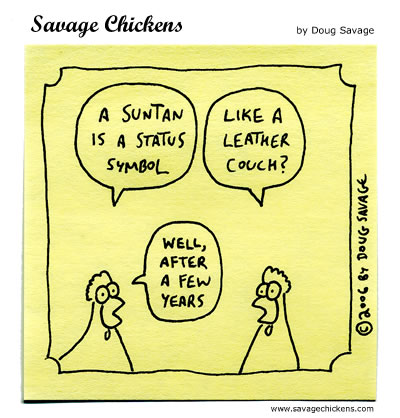With spring season just around the corner people are already thinking about the beach, their backyard or any place where the sun beats down. In other words: Tanning season. However, dangers such as UV radiation are involved that pose a trade off between darker skin and health.
There are two types of UV radiation. Ultraviolet B, UVB, is the first and is associated with sun burn. The second is less known, Ultraviolet A, UVA, that has been recognized to penetrate deeper into the skin and, as a result, causes more damage. Recently, some scientists have suggested there might be a connection between UV radiation and melanoma, the most serious type of skin cancer.
suggested there might be a connection between UV radiation and melanoma, the most serious type of skin cancer.
Though sun can be beneficial to the body by providing it with Vitamin D, biologically, only a small amount is needed. UV radiation is causing more harm than good. Found from the sun, tanning beds, and sunlamps, people are letting themselves be more and more exposure to UV radiation. Because of this increase in UV radiation, chance of cancer (UVA), premature aging (taking a leather-like appearance) and damage to ones’ immune system increases (UVB). In fact, more than 1.3 million new skin cancer cases are likely to be diagnosed in the U.S. this year.
Cancer such as melanoma is sometime not easy to cure and fatal if not detected early. The number of cases of melanoma is rising in America. An estimated 47,700 new cases and 7,700 deaths are anticipated this year.
and 7,700 deaths are anticipated this year.
With younger people skin aging and cancer are delayed effect that show up years after exposure. Because they are delayed, younger people tend to be unaware of the dangers of tanning.
If tanning occurs over a long period of time, say years, damage of the skin accumulates. Premature aging (wrinkles) come as a consequence because of this. It is true that people with darker skin tend to be more resilient to UV radiation. Yet, the damage could just be less apparent and take longer to show up.
Discover your skin type (types I, II, and III are at the greatest risk in the sun)
I. Pale white skin
· Always burns; never tans
II. White
· Burns easily; tans minimally
III. White (Average)
· Burns moderately; tans gradually to light brown
IV. Beige or lightly tanned
· Burns minimally; always tans well to moderately brown
V. Moderate brown or tanned
· Rarely burns; tans profusely or dark
VI. Dark brown or black
· Never burns; deeply pigmented
Tips to avoid sun damage:
· Avoid the hours between 10 a.m. and 4p.m. where the sun’s rays are most strong.
· Where protective covering: broad-brimmed hats, long pants, and long sleeved shirt, anything that decreases sun exposure.
·  Apply sunscreen (SPF of 15 or higher to block both UVA and UVB) 30mins before sun exposure and reapply every 1 ½ to 2 hours.
Apply sunscreen (SPF of 15 or higher to block both UVA and UVB) 30mins before sun exposure and reapply every 1 ½ to 2 hours.
For more info go to www.aad.org or see your local dermatologist ESPECIALLY if you find a suspicious mole, scaly patch, or a sore that does not heal.

